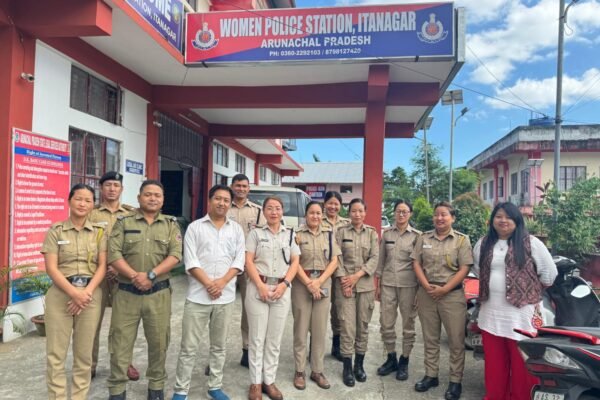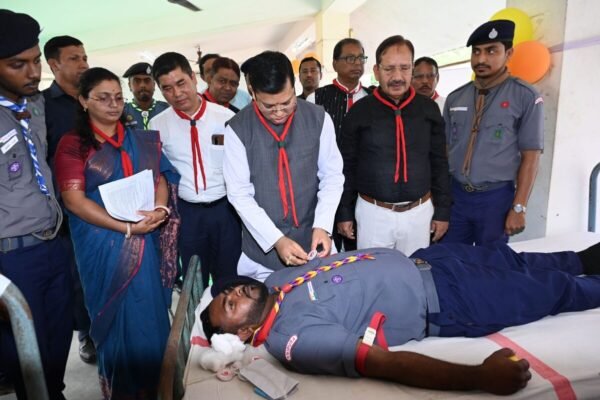Itanagar, Mar 21: Deputy Chief Minister Chowna Mein, during his visit to Siang and Upper Siang districts, emphasized the significance of the Upper Siang Multipurpose Project while cautioning against potential risks posed by China’s proposed $137 billion hydroelectric dam on the Yarlung Tsangpo River.
Speaking at public gatherings in Adi-Pasi and Simong villages, Mein warned that China’s planned 60,000 MW dam could disrupt the Siang River’s natural flow, affecting aquatic life and millions of people in Assam and Bangladesh who depend on the Brahmaputra River for agriculture. He further cautioned that in the event of geopolitical tensions, China could release excessive water, leading to severe flooding in Arunachal Pradesh and Assam.
Highlighting the Upper Siang Multipurpose Project as a countermeasure, Mein noted that it is designed to generate up to 11,000 MW of electricity while also serving as a flood control system. He stressed that the primary objective is to protect downstream populations, with power generation being a secondary benefit. The project would act as a reservoir, preventing the Siang River from drying up in lean seasons and regulating sudden water releases from upstream.
Mein urged the educated sections of society to raise awareness about the project’s benefits and encouraged those opposing it to engage in discussions for a balanced solution. He assured that the government would not proceed without public consent and would prioritize the well-being of affected communities.
Additionally, he announced plans for comprehensive rehabilitation measures, including the development of model villages with essential infrastructure such as roads, hospitals, and educational institutions. A dedicated committee has been formed to address concerns and ensure that public interests are taken into account.
Mein made these remarks during the inauguration of the Mirem Batum Lingkang War Memorial in Adi-Pasi Village and subsequent interactions with villagers in Simong.









